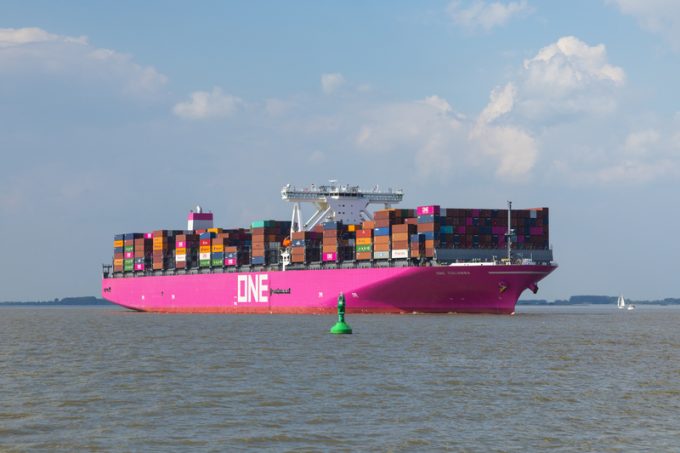Conference call redux – Kuehne + Nagel and the uncertain uncertainties
…but, please, don’t forget air freight

Japanese ocean carrier ONE has reported a profit of $515m for its second quarter, between July and September, and said it was on track to be $1bn in the black for the full year.
It was, however, still cautious about mid- to long-term prospects due to ...

Comment on this article